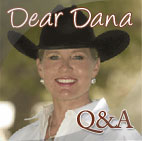The ‘barn-sour’ horse
By Sheryl Lynde | Horsetrader columnist
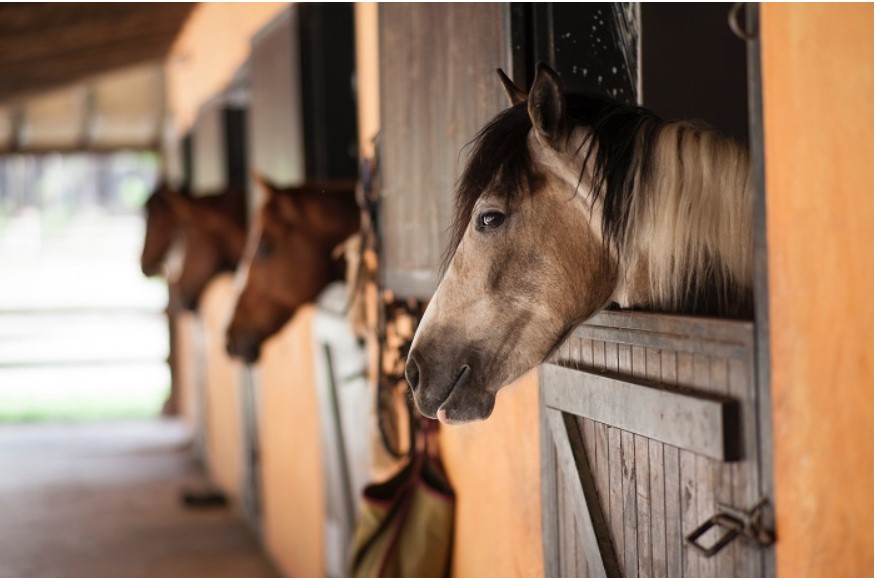
The underlying issue regarding a barn-sour or buddy-sour horse is that his attention is not on you. Some horses have more of a herd instinct than others. There is safety in the herd; it’s in their DNA. You may think that you have a strong bond with your horse because you feed him twice a day — and you may — but, he is in that stall or pasture 24/7 next to, or with, his barn companions.
The stronger bond will be with his companions, depending on your leadership skills and how often you ride.
Effective ground work
By Sheryl Lynde | Horsetrader columnist
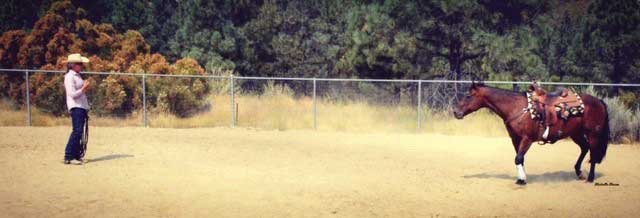
The purpose of ground work is to establish yourself as the leader in the relationship between you and your horse. Not all horses are looking for a leader, but all horses instinctively will follow a good one. It’s in their DNA.
There is order in the hierarchy of the herd. If you have studied herd behavior, you may have noticed that the dominant horse moves the horses that are below him in the direction and at the speed he chooses. You won’t see a dominant horse backing up for a horse that is subordinate to him unless he is being challenged for his role as leader of the herd. In this case, the once-dominant horse submits to the challenger, and a new leader emerges. Whoever directs the feet is in a higher position than the one being directed.
I’ve watched as some owners lead their horses. Their horse falls behind them, nudging them forward, occasionally pushing with their nose. The owner may have the lead rope in their hands, but they are being herded. Leadership belongs to their horse. When the owner stops, the horse crowds into their space. Instead of backing the horse out of their space, the owner unconsciously takes a few steps back. Backing the human is further confirmation of the horse’s dominance.
These examples may seem innocuous, but it’s the onset of disrespectful behavior in its infancy. If not corrected, it will increase in severity.
Whenever I have had a “problem” horse come to me for an issue to be resolved — like bucking, rearing or spooking — my first inquiry is about their ground work regimen. Many reply that they are consistent about their groundwork and that all is well on the ground — there is a mutual trust between them. But in the saddle, it falls apart. At this point I am suspect. Respect and trust are not mutually exclusive. Similar to human behavior, you can’t respect someone you don’t trust, and you can’t trust someone you don’t respect.
When I ask the owner to show me their ground work, more times than not the ground work is not effective. The word effective means obtaining a desired result. If the horse is fearful, then your result would be a recognizable change in his level of fear — less reactive and able to make good decisions. If the horse is disrespectful, then with each session you would see a change in his ground manners while being led, as well as an increased willingness to focus his attention on you under saddle. If the ground work is effective, you should always see a noticeable change. Some days it may be one percent, some days 75 percent, but you will always see a change.
In order to be effective, you must understand why you are doing what you are doing. If an owner tells me they do ground work regularly yet their horse lacks manners on the ground or bucks while under saddle, then the ground work has not been effective. The actions of the horse are speak so loudly that I can’t hear a word the owner is saying.
The purpose of ground work is to establish your role as leader — not aggressively, but firmly. I’m not interested in working the lungs as much as I am focused on working the horse’s mind. I do so by moving the horse’s feet in the direction I have instructed them to go. This means when I send the horse to my right, he needs to go to my right. If he tries to change direction or cut through the middle of the round pen, or turn and face me prior to being asked, I need to correct all of these diversionary tactics and continue to send the horse to my right. My cues need to be very obvious to anyone watching. If I can’t understand what the person is asking, the horse can’t either. I want to have control of all the body parts as well and am able to move them independently. If while turning to the inside he stops at an angle, I want to be able to either move his shoulder or his hip to correct his angle. I rarely allow the horse to complete a circle without asking for a transition, either a change in speed or direction. I want to direct his feet. As long as I am in the round pen or holding onto the lead rope, any bucking, rearing or other unwanted behavior will be corrected immediately.
I am the teacher, and as long as I am in the classroom, training will ensue. This is not recess or turn-out time. Be aware of your cues. Make them clear and black-and-white.
Your horse is a reflection of your instruction. Be the teacher your student needs.
–Sheryl
The power of ‘why’
By Sheryl Lynde | Horsetrader columnist
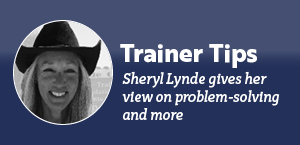
I always want to know why a horse does what he does. If he bucks…why? If he rears…why? Is he fearful…why?
This question kept me up at night as I thought about a troubled horse or colt that had come to me for help.
When Smokey arrived, he was a wreck waiting to happen. He was three at the time and had 30 days of prior training. He had a level of fear that was going to get someone hurt. I led him into the round pen to give him room and time to settle, but as I walked out he spooked and fell to the ground.
Bringing home a new horse
By Sheryl Lynde | Horsetrader columnist
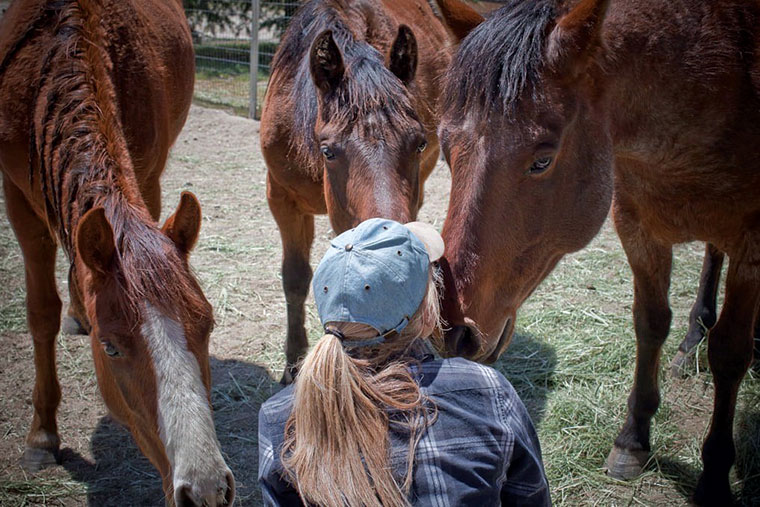
Years ago, I purchased my first mare, Missy. We got along really well as I tested her out at her previous owner’s place. However when I brought her home, she became aggressive.
As I entered her pen the next day, she pinned her ears, bared her teeth and charged me. This was such a departure from her behavior while at the owner’s place. I never felt that I had been misled – I just thought the behavior was due to the change in her environment. I needed to establish my authority, not necessarily for disciplinary action, but in order to create a familiar hierarchy that made sense to her and restored order.
Weighing in
By Sheryl Lynde | Horsetrader columnist
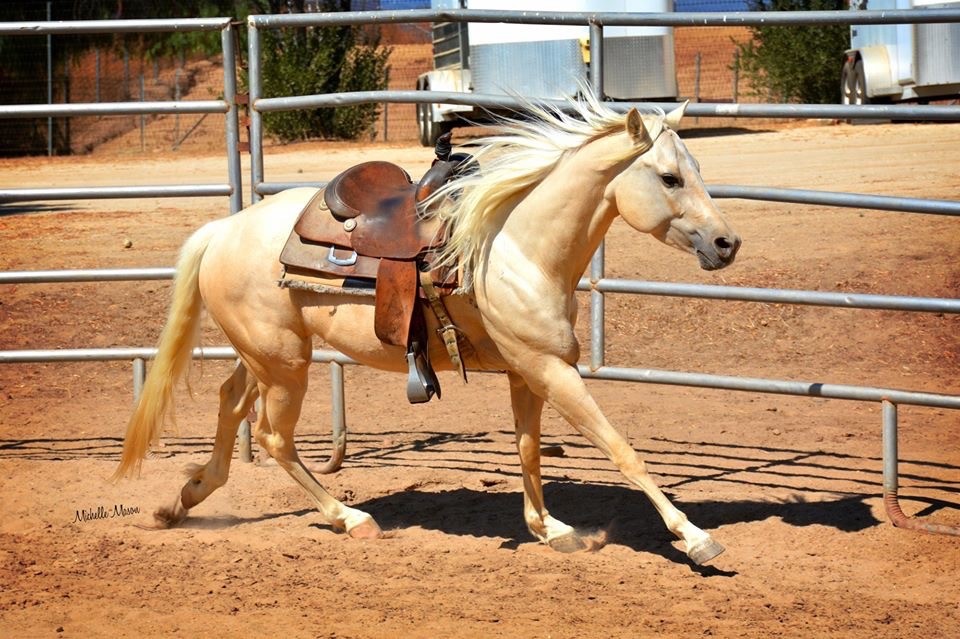
I am a student of the horse. Life is a constant pursuit of truth, and we get to it by asking one question at a time. Everyone has opinions and they are entitled to those opinions. But opinions are a compilation of personal perceptions, preferences and biases developed over a lifetime of experiences and are frequently very different from facts.
Two tales of match-making
By Sheryl Lynde | Horsetrader columnist
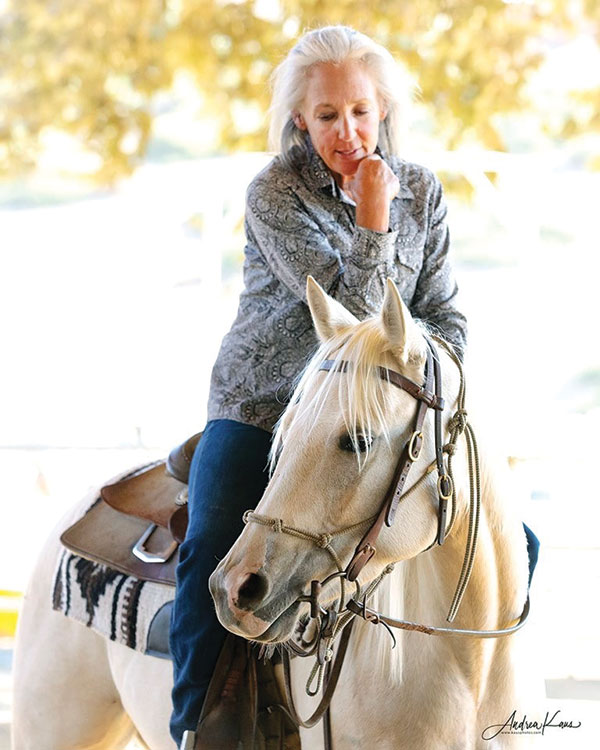
A round the start of my career, a gentleman brought me a pony to train for his 12-year old granddaughter. He had purchased him with the intention to ride together on the weekends in his local equestrian community. Riding in equestrian communities can be challenging with street traffic, dogs charging fences and other unforeseen obstacles.
Human Horse Connection
By Sheryl Lynde | Horsetrader columnist
A couple of colts came to me to start and sell. However, they needed more time. Although they had progressed, the full extent of their potential had yet to be realized. I could feel it.
Just like us, some colts take longer to bloom. Additionally, I didn’t feel that the prospective buyers were a good match. Someone was going to get hurt and both the human and the colt’s confidence would be undermined. So I bought them. Neither colt was easy. I’ve put an additional three years of training on one, and the other has had an additional year. To see their natural ability and confidence develop gives me tremendous satisfaction in knowing that they have a chance for a secured future. This is my purpose.
Human-horse connections
By Sheryl Lynde | Horsetrader columnist
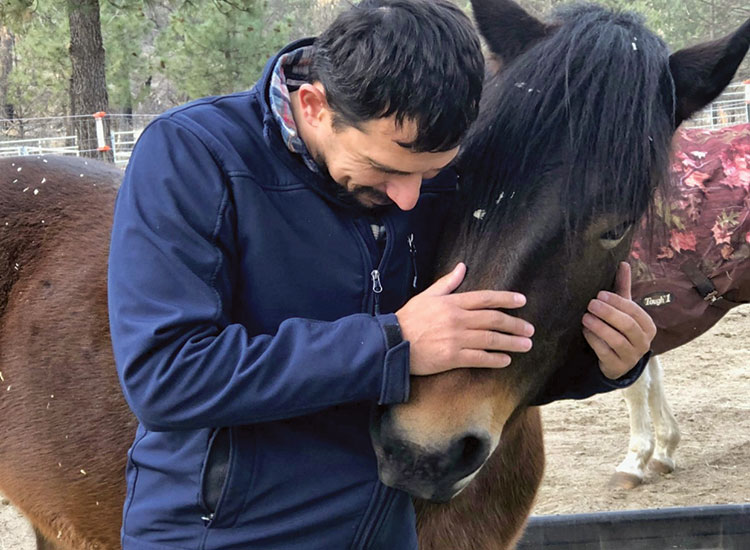
Anything of value we treat with the utmost care. Well, I’m about to tell you a story that has tremendous value, to the American Mustang and to our veterans who have served our country…and to our society as a whole.
My only hope is that I give the story the justice it deserves. (I will do my best.)
This is not a tragedy, it is a story of resilience, purpose and connection — a human-horse connection.
Seek your horse’s purpose
By Sheryl Lynde | Horsetrader columnist

Studies show that one third of the people asked about their job will tell you that they hate it. Two thirds of people will tell you that they feel a lack of purpose or fulfillment. They feel that their job is not a good fit for them even though they are great at performing the tasks of their position and are financially successful.
We spend 40 percent of our lives working. Abraham Maslow, author and American psychologist, created a hierarchy of needs he felt were essential in order for us to feel a sense of contentment in our lives. At the bottom of the list is the first level that is concerned with our physiological needs. These needs determine your ability to provide for your basic demands for survival and safety, such as shelter, food, etc.. At the top of the list is self-actualization, which refers to the ability to realize, grow and contribute whatever your innate gifts or skills that you possess. To be authentic, to bloom or realize your full potential, self actualization is a critical component to your sense of belonging and your self worth.
Desensitizing
By Sheryl Lynde | Horsetrader columnist
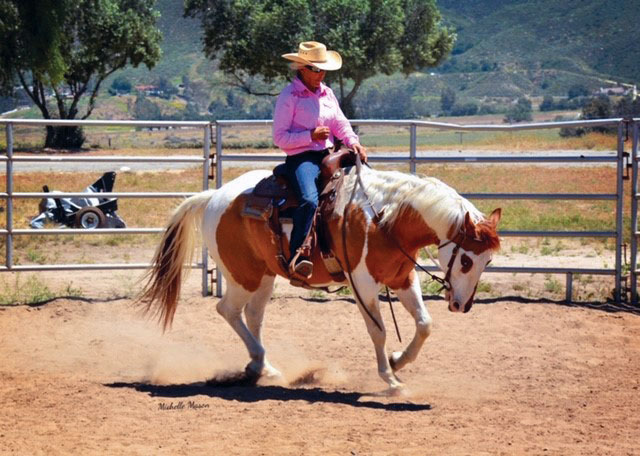
Over the years, training has continued to evolve. We change our training methods and techniques to benefit and bring out the best in each individual horse—instead of making the horse fit our own personal goals as well as expecting unreasonable results from an inflexible training program. I remember years ago taking instruction from a trainer. He said something that has always stayed with me. He told me that if I would come back to him in a year’s time and he is still teaching the same thing, then I should find myself another instructor.


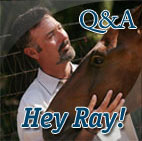
 Read Columns
Read Columns
